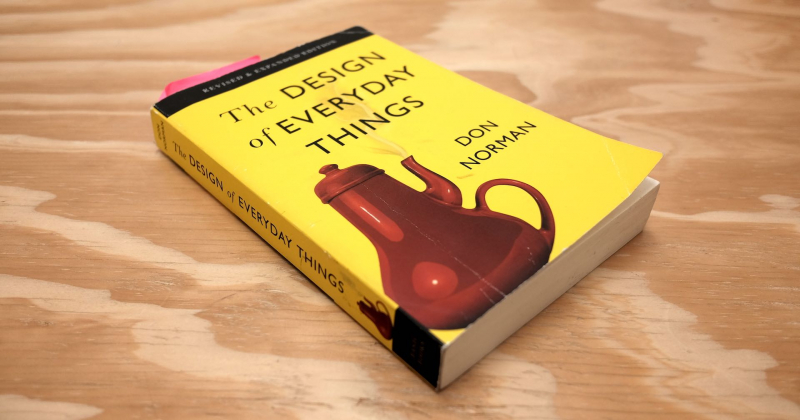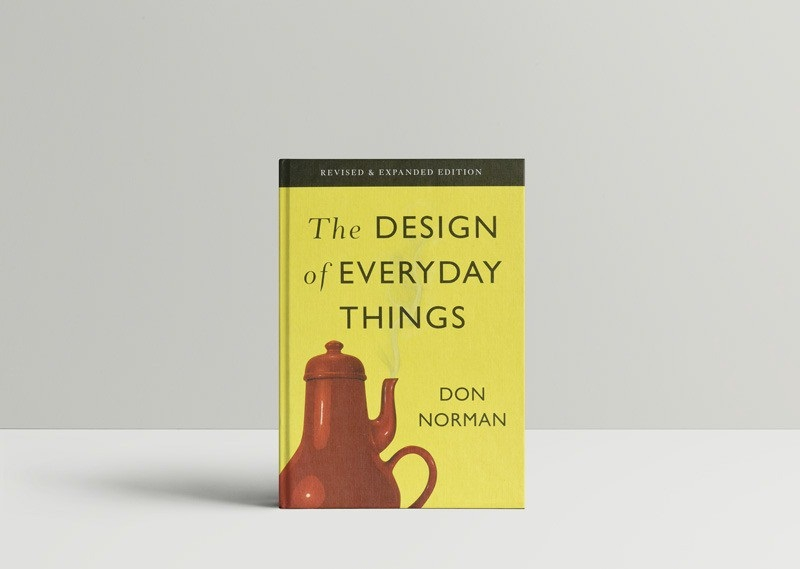The Design of Everyday Things
As one of the best books on user experience design, Donald Norman's best-selling book The Design of Everyday Things discusses how design serves as a conduit of communication between object and user, and how to optimize that conduit of communication to make the experience of using the thing joyful. One of the book's key principles is that, while people are quick to blame themselves when products appear to malfunction, it is not the user's fault, but rather a lack of intuitive guidance that should be there in the design.
The book first appeared in 1988 under the title The Psychology of Everyday Things. Norman stated that while his academic peers enjoyed the previous title, he considered the new title better expressed the book's content and drew more interested readers. The Design of Everyday Things: Revised and Expanded Edition, a substantial update to the book, was published in 2013.
Norman outlines design principles and uses case studies to discuss the psychology behind what he considers excellent and bad design. The book covers a variety of topics, including behavioral psychology, ergonomics, and design practice.
Norman established the term affordance as it applied to design in the book, drawing on James J. Gibson's concept of ecological psychology. He also popularized the term "user-centered design," which he had previously used in his 1986 book User-Centered System Design. He coined the word to define user-centered design, excluding what he considered secondary factors such as aesthetics. Simplifying task structure, making things visible, getting the mapping right, utilizing the powers of constraint, designing for error, explaining affordances, and seven stages of action are all part of user-centered design. He went to considerable measures to define and explain these phrases in-depth, providing examples of following and defying counsel and highlighting the repercussions.
The Psychopathology of Everyday Things, The Psychology of Everyday Actions, Knowledge in the Head and in the World, Knowing What to Do, To Err Is Human, Human-Centered Design, and The Design Challenge are among the other subjects covered in the book.
Author: Don Norman
Link to buy: https://www.amazon.com/Design-Everyday-Things-Revised-Expanded/dp/0465050654












